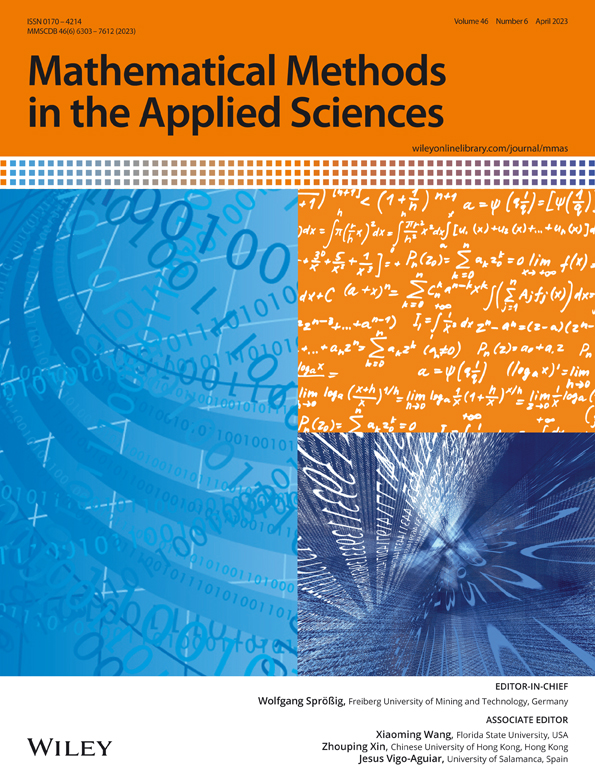Simultaneous determination of the time-dependent potential and force terms in a fourth-order Rayleigh–Love equation
Funding information: No external funding is available for this research.
Abstract
This paper considers an inverse coefficient problem of simultaneous determination of solely time-dependent potential and force terms with the unknown longitudinal displacement from a Rayleigh–Love equation from two integral overdetermination measurements. Unique solvability of this theorem is investigated theoretically by using contraction principle. Although, the aforesaid inverse identification problem is ill-posed but has a unique solution. We use the cubic B-spline (CBS) collocation and Tikhonov regularization techniques to discretize the direct problem and to obtain stable as well as accurate solutions, respectively. The stability, for the discretized system of the direct problem, is also carried out by means of the von Neumann method. The acquired results demonstrate that accurate as well as stable solutions for the and are accessed for , when for both smooth and discontinuous potential and force terms. The stability analysis shows that the discretized system of the direct problem is unconditionally stable. Since the noisy data are introduced, the investigation and analysis model real circumstances where the practical quantities are naturally infested with noise. The technique establishes that accurate, as well as stable, solutions are obtained.
CONFLICT OF INTEREST
The authors have no competing interests to declare.




